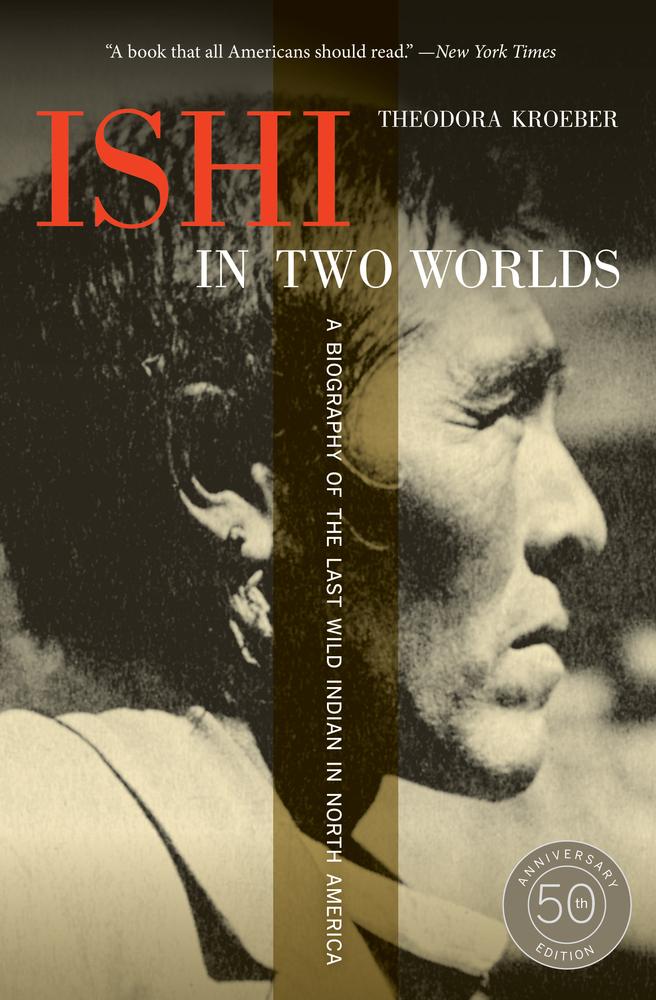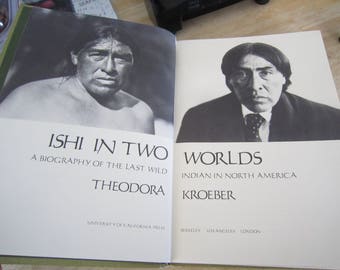

He was the very last of his people, and had been living in the wilderness alone, travelling to places he remembered from the time when his tribe had flourished, in the hope of finding some remnant of those he’d grown up with. He called himself “Ishi” – a word in the Yahi language that means simply “man”. He was known at the time and popularised in the press as “the last wild Indian”. "On 29 August 1911, a 50-year-old man, a member of the Yahi group of the Native American Yana people, walked out of the forest near Oroville, California, and was captured by the local sheriff. From an imposing array of technical works, historical documents, diaries, newspaper accounts, and personal reminiscences, the author has fashioned an important and moving human document.Naiomi Alderman described the book as follows in the Guardian Newspaper But above all, this is the fascinating story of Ishi, both as an individual and as a key to the past. The history and culture of his people are vividly recreated.


In this brilliantly written study Ishi, who journeyed from the Stone Age to the Twentieth Century, emerges as an intelligent, engaging personality.

As their Yahi and his English increased, the vanished Yahl culture was revealed and recorded. Aided by a list of words from other Yana dialects, two University of California anthropologists established verbal communication with him. This group, grimly determined to preserve their ancient ways, began a fantastic fifty-year policy of concealment in the wilderness around the lone survivor of that band, was found almost dead of starvation in. The southern Yana, the Yahl, were obliterated but for one tiny band. A policy of extermination reduced their numbers from in 1850 to scattered individuals in 1872. The Yana Indians of California, previously untouched by white civilization, suffered a tragic fate at the hands of the Americans.


 0 kommentar(er)
0 kommentar(er)
